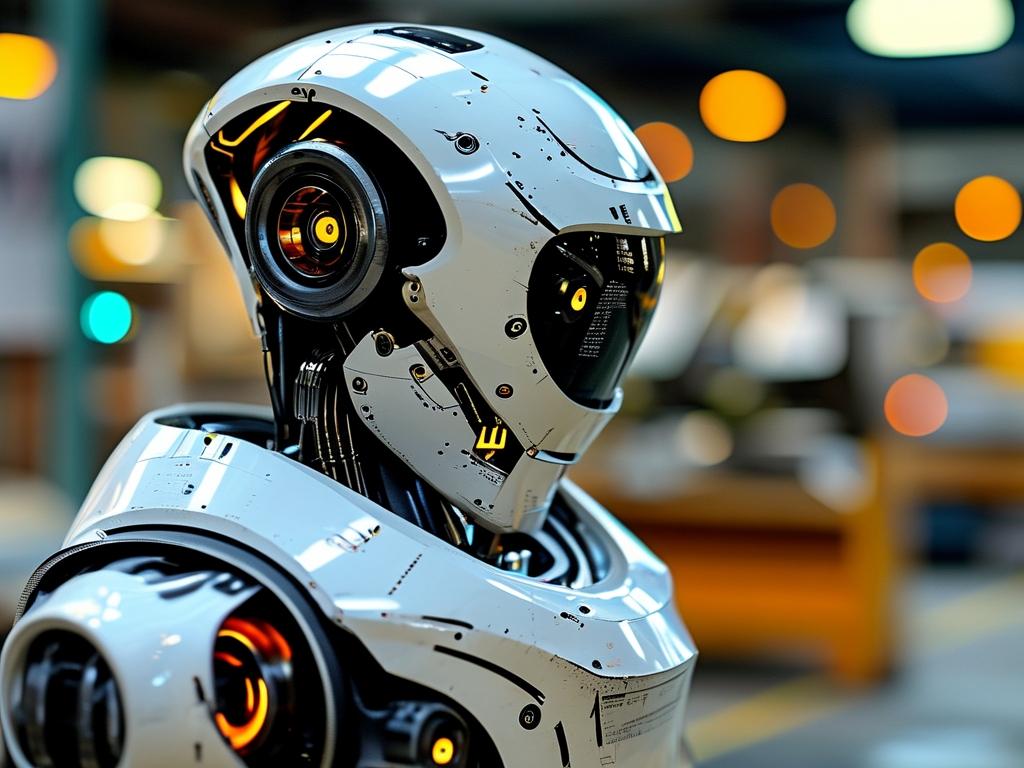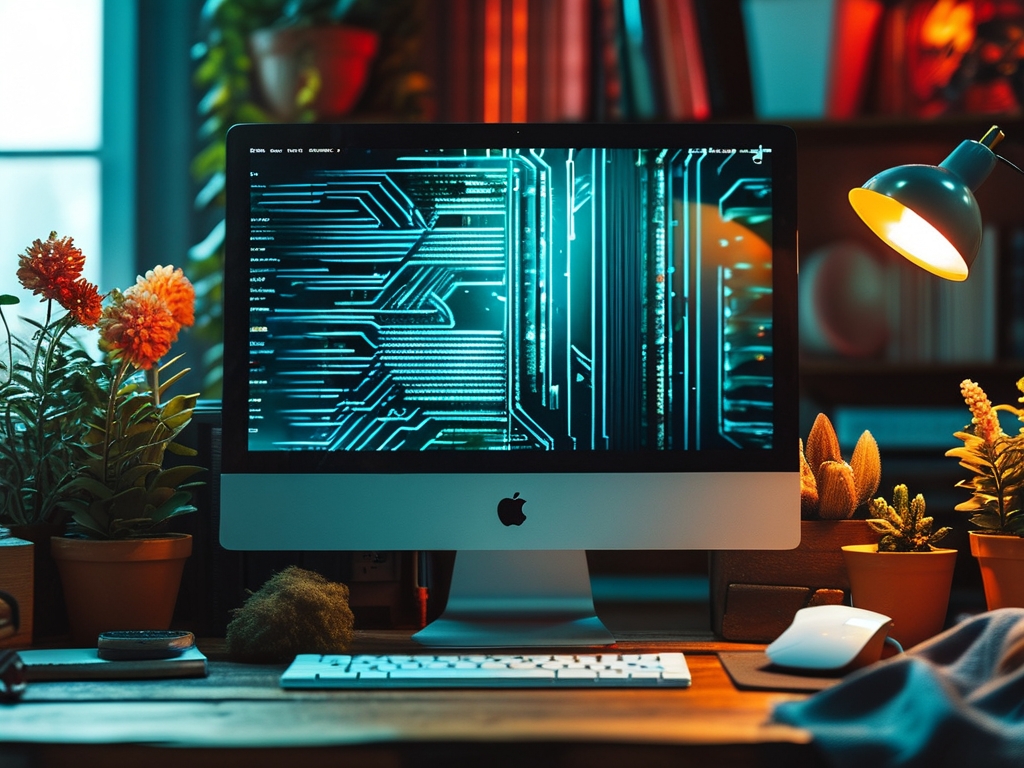The printing industry, once reliant on manual labor and analog processes, is undergoing a seismic shift driven by robotics. From newspapers to packaging, robotic printing systems are redefining speed, precision, and scalability. This article explores the transformative impact of printing robotics, its applications, challenges, and what lies ahead for this rapidly evolving field.

The Emergence of Printing Robotics
Printing robot technology integrates advanced automation with traditional printing methods. Unlike conventional printers, robotic systems employ articulated arms, AI-driven software, and computer vision to execute tasks ranging from ink application to material handling. For instance, industrial robots like ABB’s YuMi or KUKA’s LBR iisy can now handle delicate tasks such as screen printing on irregular surfaces or assembling printed components with sub-millimeter accuracy.
One breakthrough lies in additive manufacturing. 3D printing robots, equipped with multi-axis mobility, construct complex objects layer by layer—revolutionizing prototyping and custom production. Companies like HP and Stratasys deploy robotic arms to print everything from automotive parts to biomedical implants, merging speed with geometric flexibility.
Applications Across Industries
-
Packaging and Labeling:
Robotics enables high-speed, error-free packaging line operations. Brands like Amazon and FedEx use robotic systems to print shipping labels, sort parcels, and even customize packaging designs in real time. For perishable goods, robots apply expiry dates and nutritional information with flawless consistency, minimizing human error. -
Publishing and Commercial Printing:
Large-scale book printing, once a labor-intensive process, now relies on robots for collating, binding, and quality checks. The New York Times, for example, employs robotic systems to handle bulk newspaper printing, reducing waste by 30% through precise ink management. -
Textile and Fashion:
Apparel companies leverage robotic screen printing to create intricate patterns on fabrics. Adidas’ Speedfactory uses robots to print shoe designs directly onto materials, slashing production time from weeks to days. -
Architecture and Construction:
Robots like those developed by MIT’s Mediated Matter Group 3D-print architectural structures using concrete or biodegradable materials. This innovation supports sustainable building practices while enabling complex geometric designs.
Technological Advancements Driving Change
- AI and Machine Learning: Modern printing robots use AI to optimize workflows. For example, Heidelberg’s AI-powered presses adjust ink levels dynamically based on substrate type, reducing material waste by up to 15%.
- Computer Vision: Cameras integrated with robotic arms detect defects in real time. Canon’s Océ Colorado printers use this tech to identify misalignments or color inconsistencies, ensuring near-perfect output.
- Collaborative Robots (Cobots): Unlike isolated industrial robots, cobots work alongside humans. Companies like Rethink Robotics deploy cobots for tasks like loading printing plates or handling fragile materials, enhancing workplace safety.
Challenges and Limitations
Despite its promise, printing robotics faces hurdles:
- High Initial Costs: Robotic systems require significant investment in hardware, software, and training. SMEs often struggle to justify upfront expenses.
- Technical Complexity: Integrating robotics with legacy printing machinery demands specialized expertise. A 2023 McKinsey report noted that 40% of manufacturers face compatibility issues during adoption.
- Workforce Adaptation: While robots reduce manual labor, they also necessitate reskilling employees. Unions in Europe have raised concerns about job displacement in traditional printing roles.
The Road Ahead
Future trends suggest a hybrid model where humans and robots collaborate seamlessly. Innovations on the horizon include:
- Nanoprinting Robots: Researchers at ETH Zurich are developing microrobots capable of printing circuits at the nanoscale, paving the way for next-gen electronics.
- Sustainable Practices: Solar-powered robotic printers and biodegradable inks aim to reduce the industry’s carbon footprint.
- On-Demand Hyperlocal Printing: Autonomous mobile robots could deploy pop-up printing hubs in urban areas, offering instant services like poster printing or custom merchandise.
Printing robot technology is not merely an upgrade—it’s a paradigm shift. By merging precision, efficiency, and creativity, robotics is unlocking possibilities once deemed science fiction. As costs decline and AI matures, these systems will democratize access to high-quality printing, empowering industries and creators alike. The question is no longer if robotics will dominate printing, but how soon society will adapt to its boundless potential.







